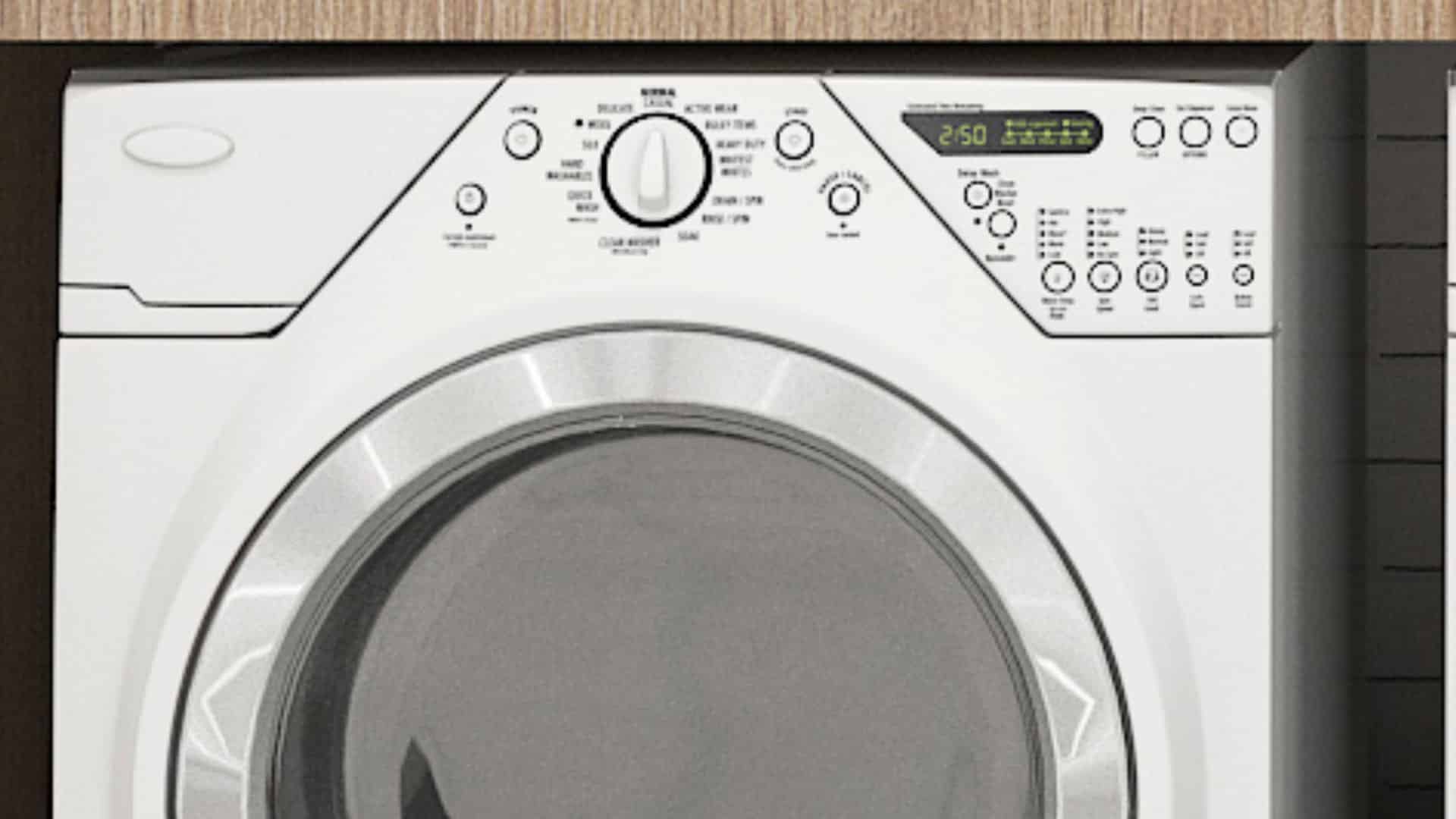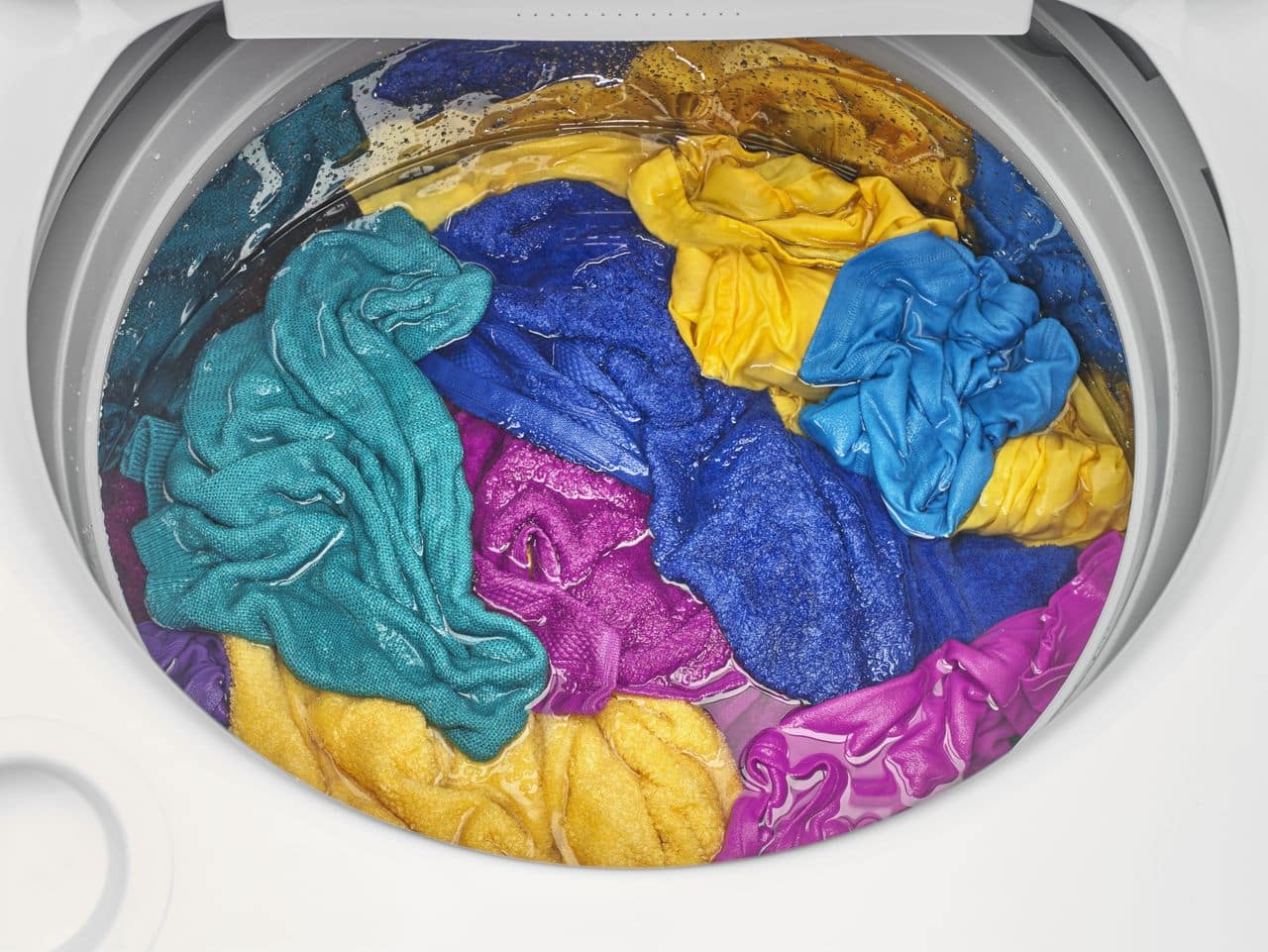
Laundry…it’s a tedious task. Yet we all have to do it each week—many people do it several times a week. There’s a plethora of methods to help you do it better, faster and even save a little money. Check out these awesome laundry tips that we came up with.
Remove Stains Immediately
You just spilled some spaghetti sauce or ice cream on your shirt—great. But don’t just throw it in the laundry basket without treating it first. Most stains will come out in the wash if you pre-treat them. You really don’t need an expensive “Tide to Go” pen either; you can use stuff you have around the house.
- Red wine stains: Sop up with club soda or pour white wine over the stain.
- Deodorant or sweat stains: Blend equal parts of lemon juice and water, apply to stain then hang your shirt in the sun for a few hours.
- Spaghetti sauce stain: Blot with hydrogen peroxide and water.
- Grass stains: Baking soda and vinegar should be rubbed into the stain and let it set in for an hour or so.
- Ink stains: Put the area that’s stained on an old, but clean, towel; transfer the stain to the towel by rubbing it with rubbing alcohol.
- Coffee stains: Make a paste of white vinegar, cold water and powdered laundry detergent then rub it into the stain.
Correctly Wash Your Clothes
If you’ve ever looked at the tags on your clothes you probably saw a bunch of small symbols. Some of them are pretty easy to figure out while others can be downright confusing. You don’t want to ruin your clothes by washing or drying them on the wrong cycle; there’s a useful chart that you can print out and hang by your washer to help you understand all those crazy symbols. When washing or drying towels, remember not to use fabric softener; you’ll discover your towels won’t be as absorbent if you do. Also, if you use cold water in your washer, don’t sort your clothes by color but rather by fabric. Why? You’ll save on drying time.
Use Cold Water
If you use hot or warm water for all of your loads, you may want to reconsider. Besides, it’s the detergent that gets your clothes clean, not the water temperature. For hot and warm water loads, top loading washers use 90% of the energy simply to heat the water—wow! Plus, warm water makes colored clothes bleed. So, cold water is obviously best choice.
Don’t overload
It’s always a good idea to save energy and water by doing full loads of laundry; but at the same time you want your clothes to get clean. Top loading washers will hold about 18 pounds of clothes while a high-efficiency front loading washer holds 20 pounds. But who really wants to weigh their laundry? You don’t have to; just be sure your washer’s not filled any higher than ¾ from the top of the drum. Simple!
Clean Your Machines
It may sound strange, but if you want your appliances to work properly then cleaning them is essential. Cleaning your washing machine every 3-6 months will eliminate soap junk, extra dirt and other stuff that invade washing machines. All you need to do is run your washer through an empty cycle using one cup of white vinegar and hot water set on the longest cycle and largest load. As the washer fills, use a toothbrush to clean the inside rim of the lid, the agitator and under the rim of the drum. Close the lid and use a soft cloth with a few spots of white vinegar on it to clean the outside of the lid, sides and controls of the washer.
As for your dryer, it’s critical that you clean out the lint filter after every load. If you don’t, over time the lint build-up could start a fire. You even need to wipe out the hole that the lint filter sits into. But this isn’t the only thing that needs a good cleaning. Lint has a way of sneaking past the lint filter. Use your vacuum hose with the extension to suck up the excess lint in the dryer hose and duct. A deep clean should be done every six months and will not only keep your dryer safe from fire but running more efficiently.
Make Sorting Easier
Maybe you don’t mind sorting the clothes on laundry day. But if you use three hampers to sort your clothes, you’ll find that on laundry day you can skip the entire sorting step—and you’ll be thanking yourself! You could even label your hampers if you choose: lights, darks and whites. You should also consider separating the “fuzzy stuff” like fleece, flannels, towels and sweatshirts so the lint from these clothes won’t get on everything else.
Put an End to Missing Socks
Don’t you hate it when you’re folding laundry only to discover there are a few socks missing their mates? Solve the mystery to the missing socks by providing everyone in the house their own small mesh wash bag; each person can have their own colored bag with their name on it. Have them put it in their bedroom somewhere and after wearing their socks, toss them into the bag; the night before laundry day, everyone zips up their bag. On laundry day, you just have to gather the bags and throw them into the washer and dryer. Everyone gets their bag back and folds their own socks. This helps you out and solves the lost sock problem—a win-win!
Filling Your Dresser Drawers
If you’re like most people, you probably put your clothes in the drawers from top to bottom. Yet sometimes stacking this way can be frustrating and difficult to quickly grab what you want. On the next laundry day, try putting your clothes in the drawers from front to rear. You’ll be surprised at how simple it is to see everything.
Mark the Measuring Cup
Do you have a hard time reading the fill lines on the cap of your liquid detergent? You’re not alone! If you can’t read the lines then it leads to pouring too much soap into your wash and that leaves your clothes looking dingy from soap debris. To avoid using excess detergent, follow your washing machine’s directions that are inside the lid. Use a permanent marker to mark the detergent’s cap according to the fill lines on your machine’s instructions. Never follow the detergent’s directions. Why? Laundry soap manufacturers don’t know what type or brand of machine you have, how hard or soft your water is and they want you to use as much soap as you can. A small tip: if you have soft water, use less soap; for hard water you might need to use the whole amount. However, baking soda can be added to the beginning of each cycle to soften the water and assist in dissolving the detergent. Begin by using equal parts of detergent and baking soda and go from there.
Add Soap before the Clothes
When you start a laundry cycle, always pour in your detergent as your washer is filling up. This is especially important if you use powder laundry soap; otherwise, you may end up with powdery debris all over your navy blue sweater. Once you see soap suds forming, then throw in your clothes. By adding the detergent at the beginning instead of after loading the washer, your soap will work more efficiently.
Give Your Detergent a Boost
Even the best laundry detergent could use a performance enhancer. Adding a ½ cup of borax and washing soda to every load will soften your water and whiten your whites; as an added bonus, borax also deodorizes. Pour it in when you pour in your laundry detergent and wait for a few minutes before adding the clothes so these boosters can dissolve.
Now that you have read these terrific laundry tips, you can put them to use. You’ll be surprised how much time—and money—you can save on laundry day! If your washer or dryer requires maintenance or repair, please contact us for a service appointment.

How to Fix the nF Error Code on a Samsung Washer
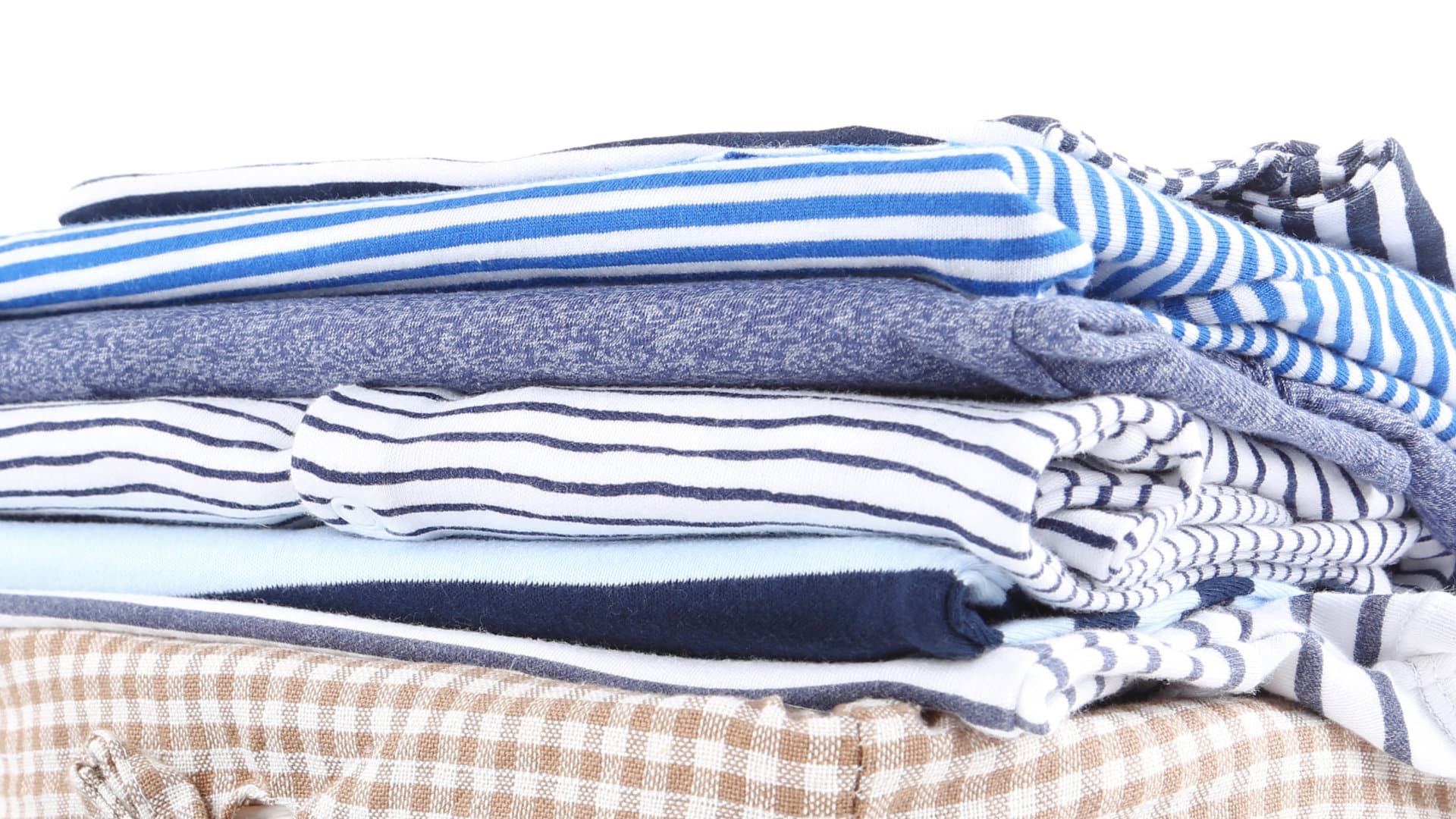
Kenmore Elite Dryer Issues: How To Troubleshoot
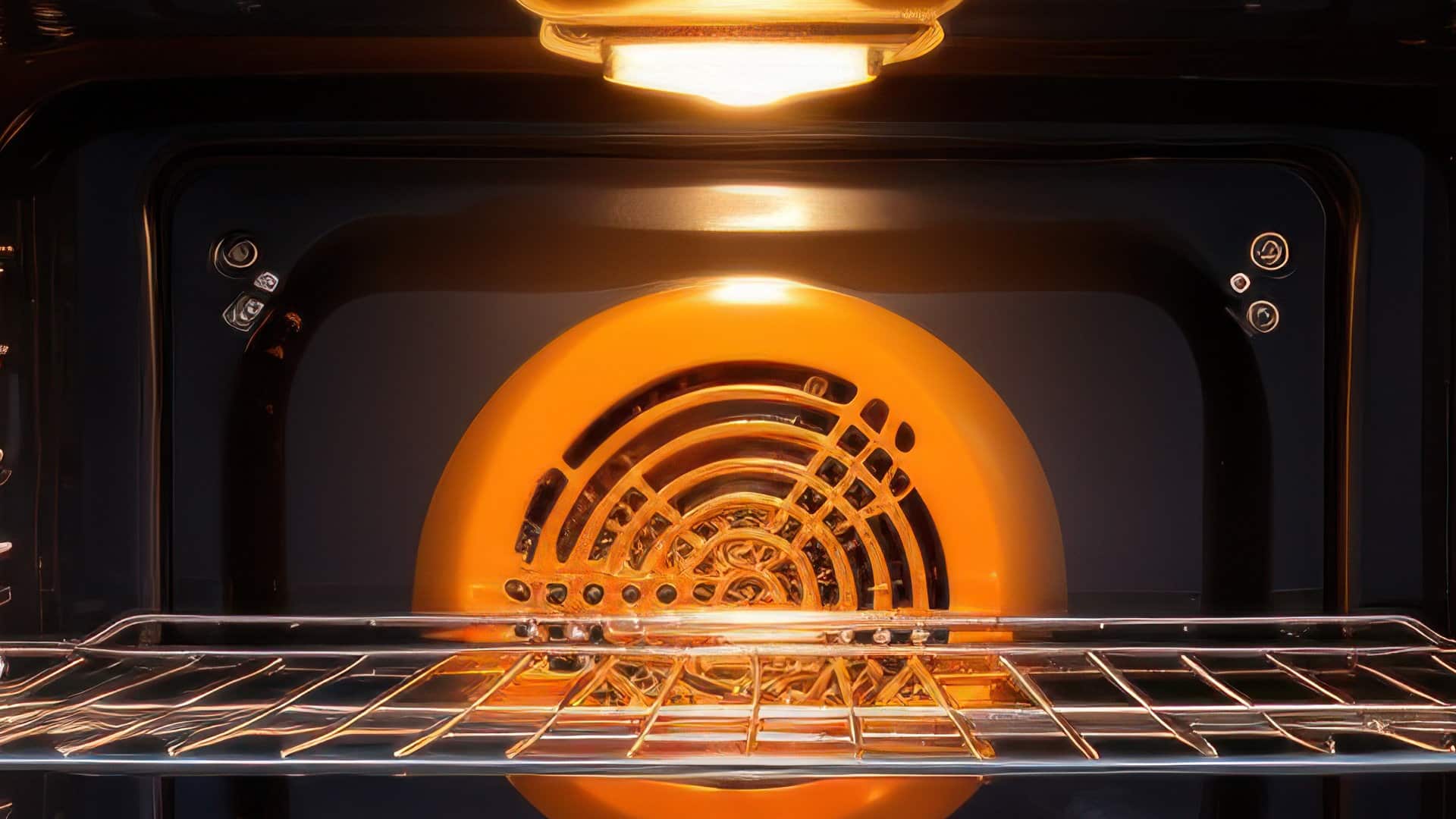
Microwave vs. Oven: Pros and Cons and How They Differ
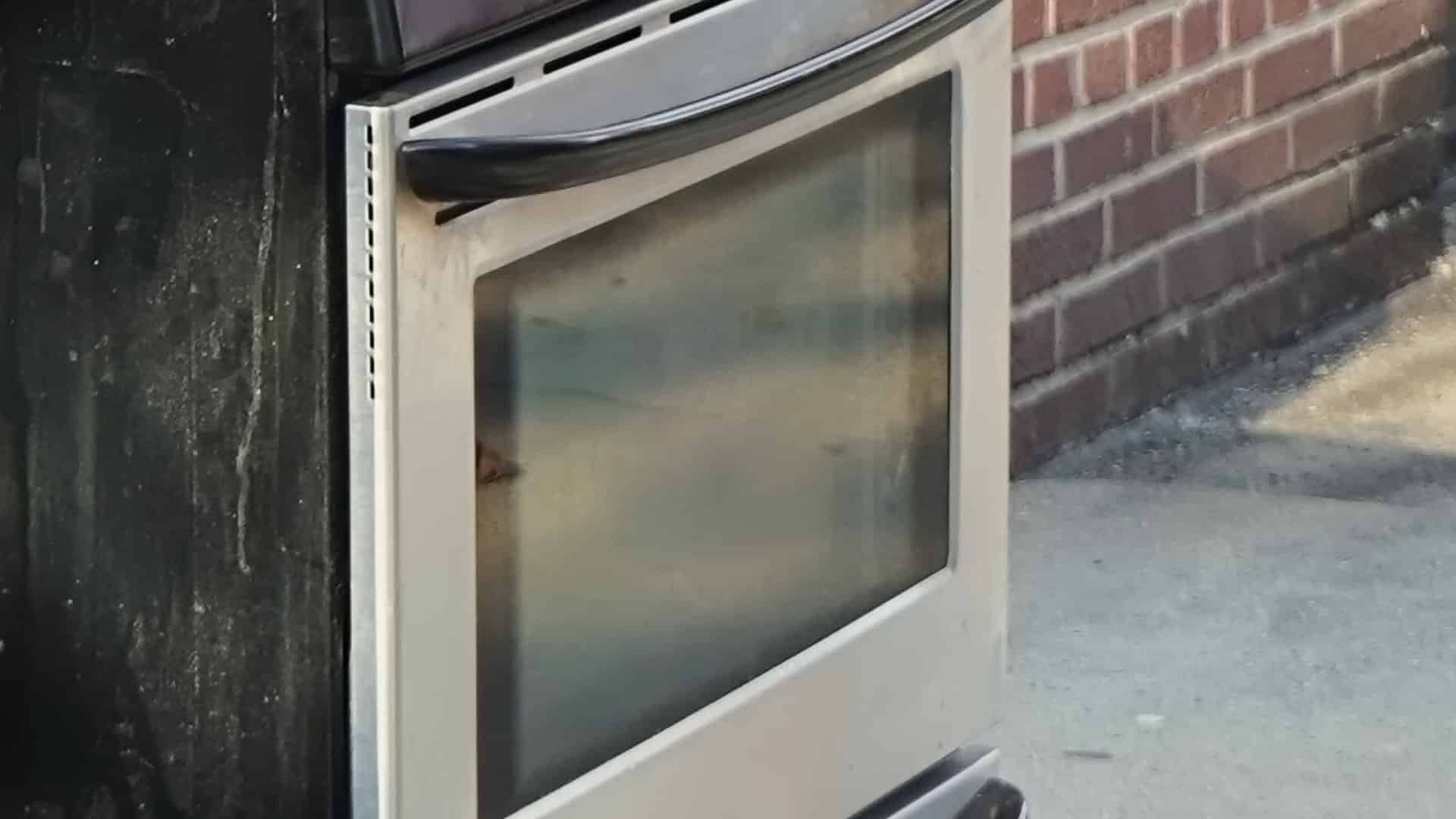
Self-Cleaning Oven Smell: Causes & Odor Reduction Tips
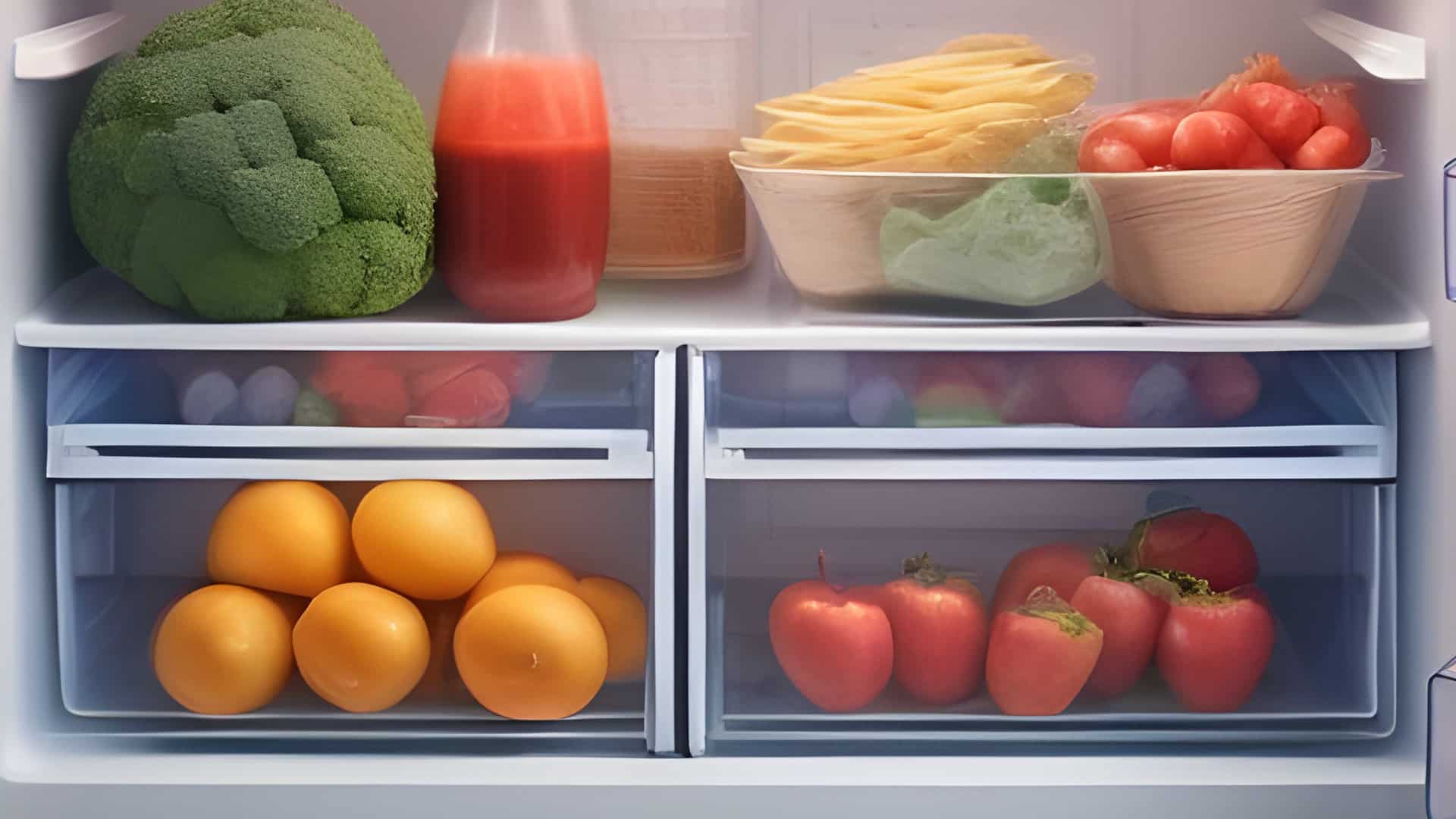
Frigidaire Ice Maker Not Working? 7 Ways to Fix It
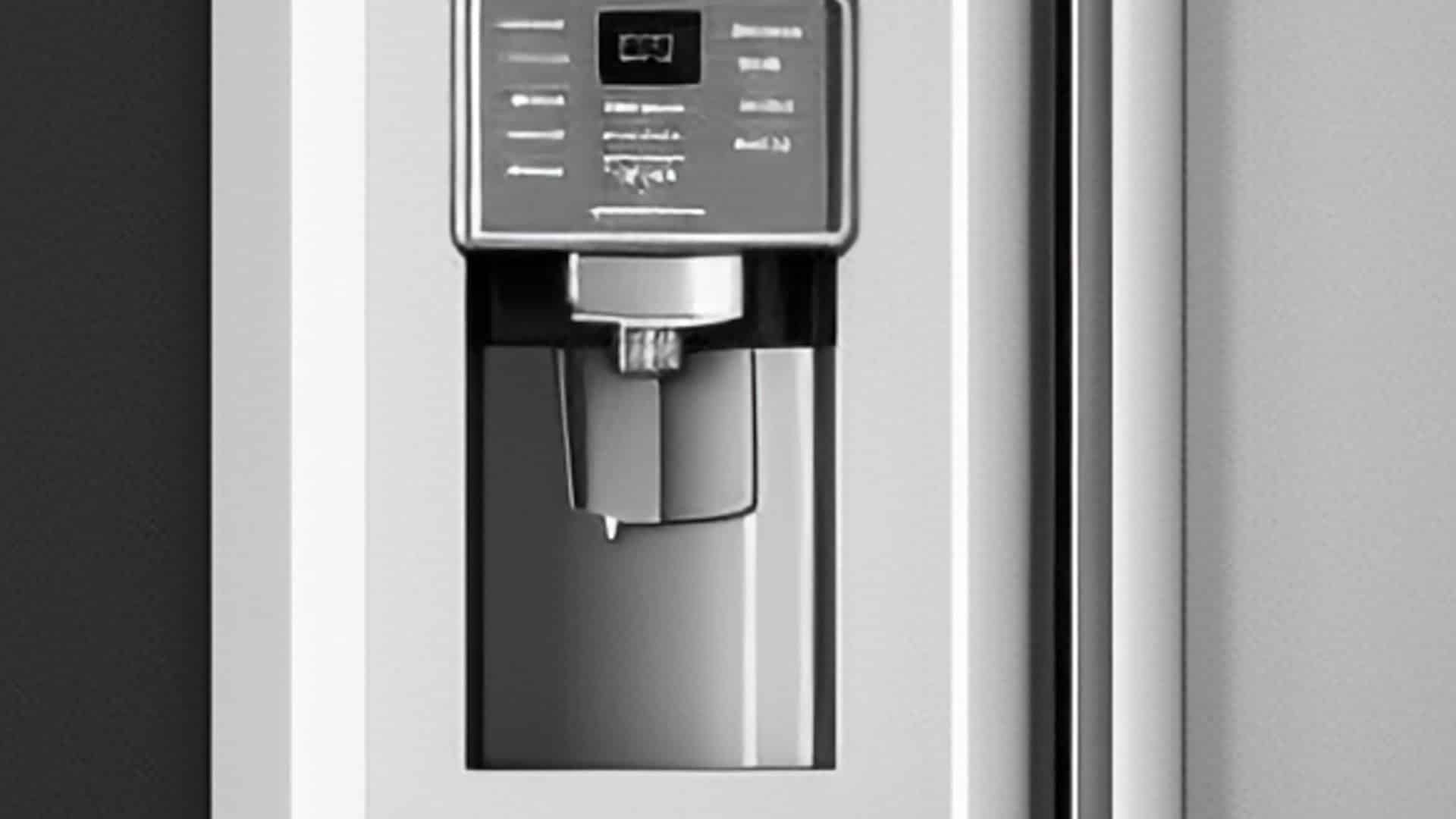
Why Is Your LG Refrigerator Not Cooling? (9 Common Reasons)
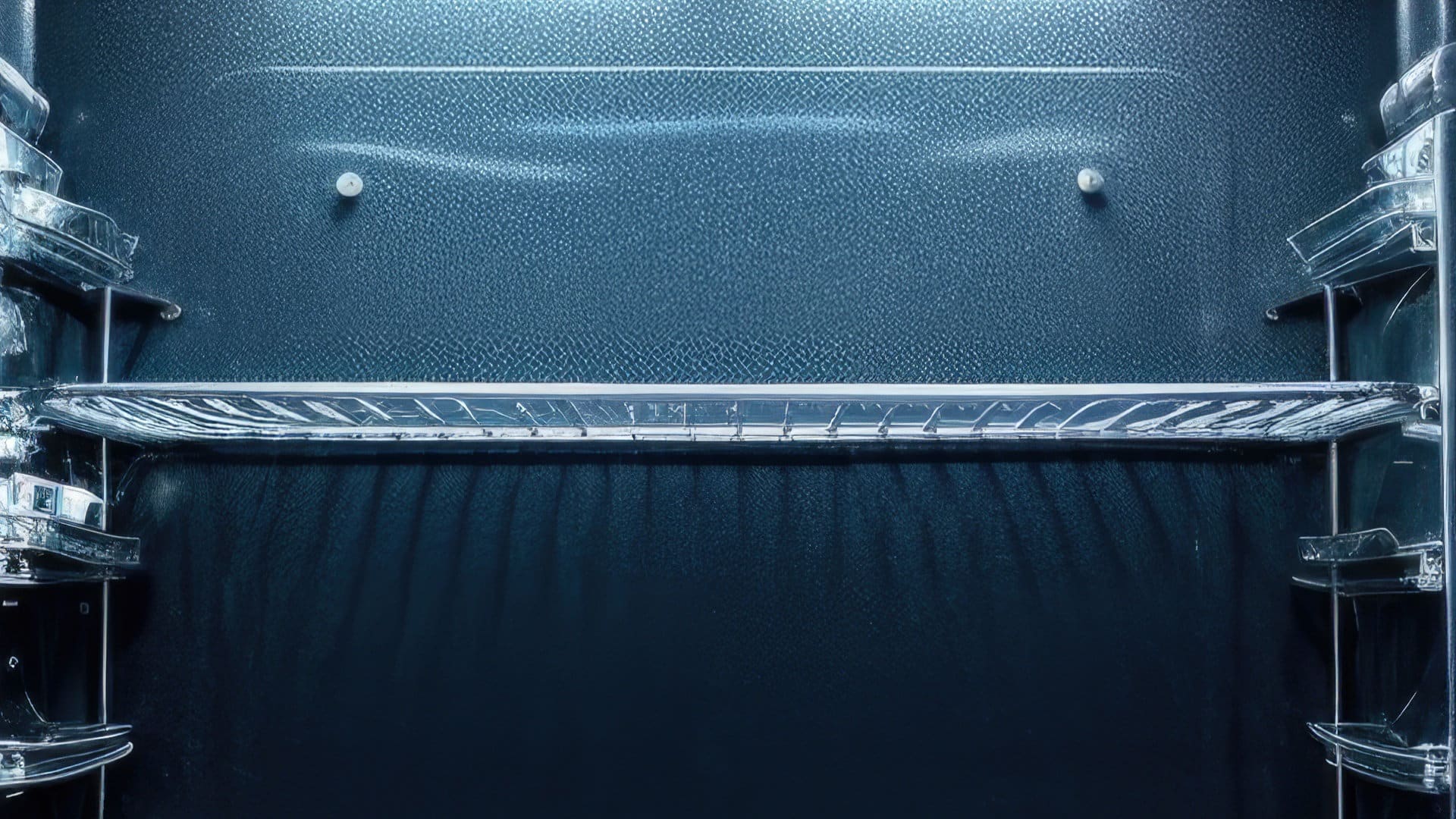
GE Oven F2 Error: Causes & Solutions
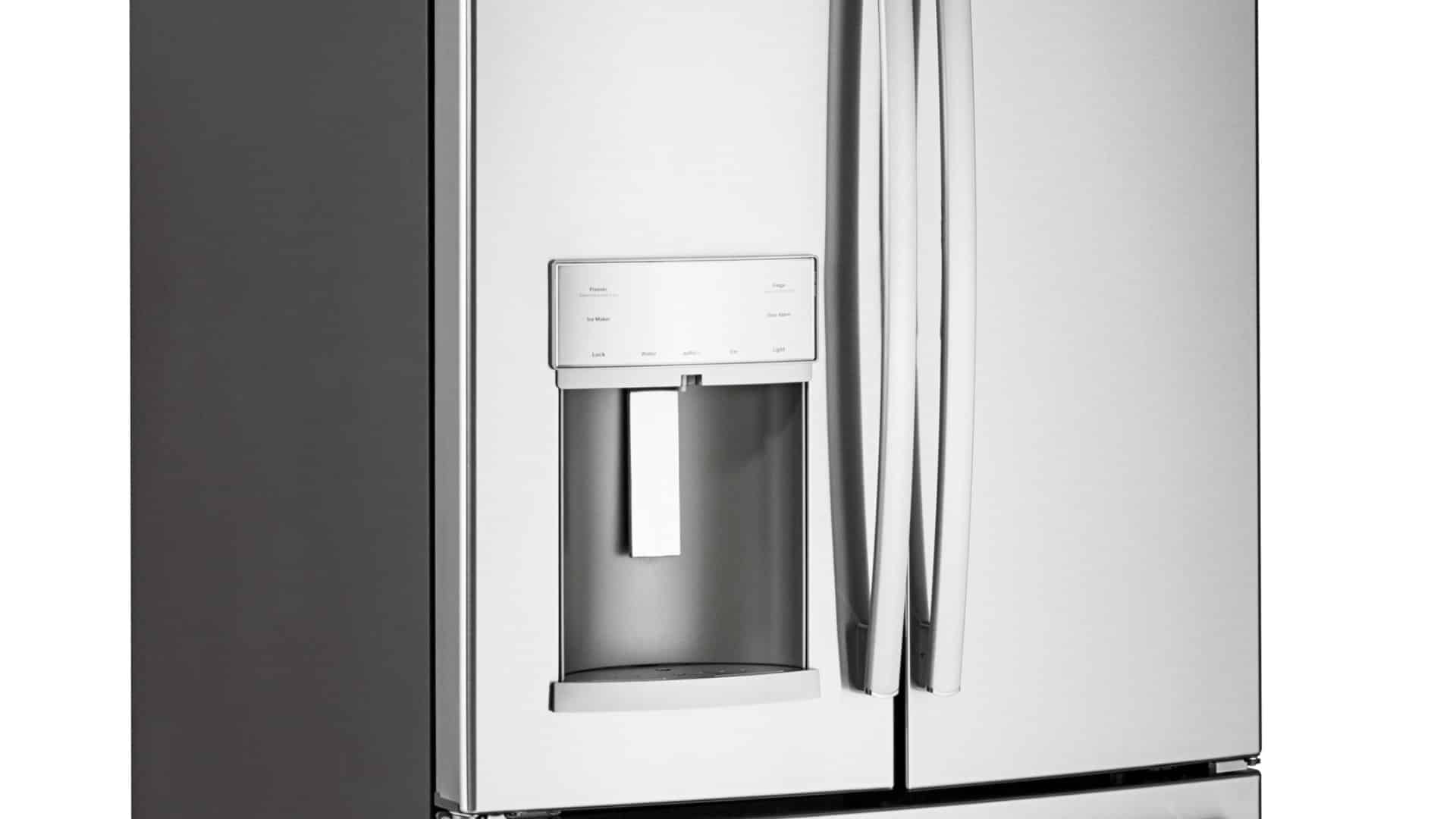
How to Reset the Water Filter Light on a Samsung Refrigerator
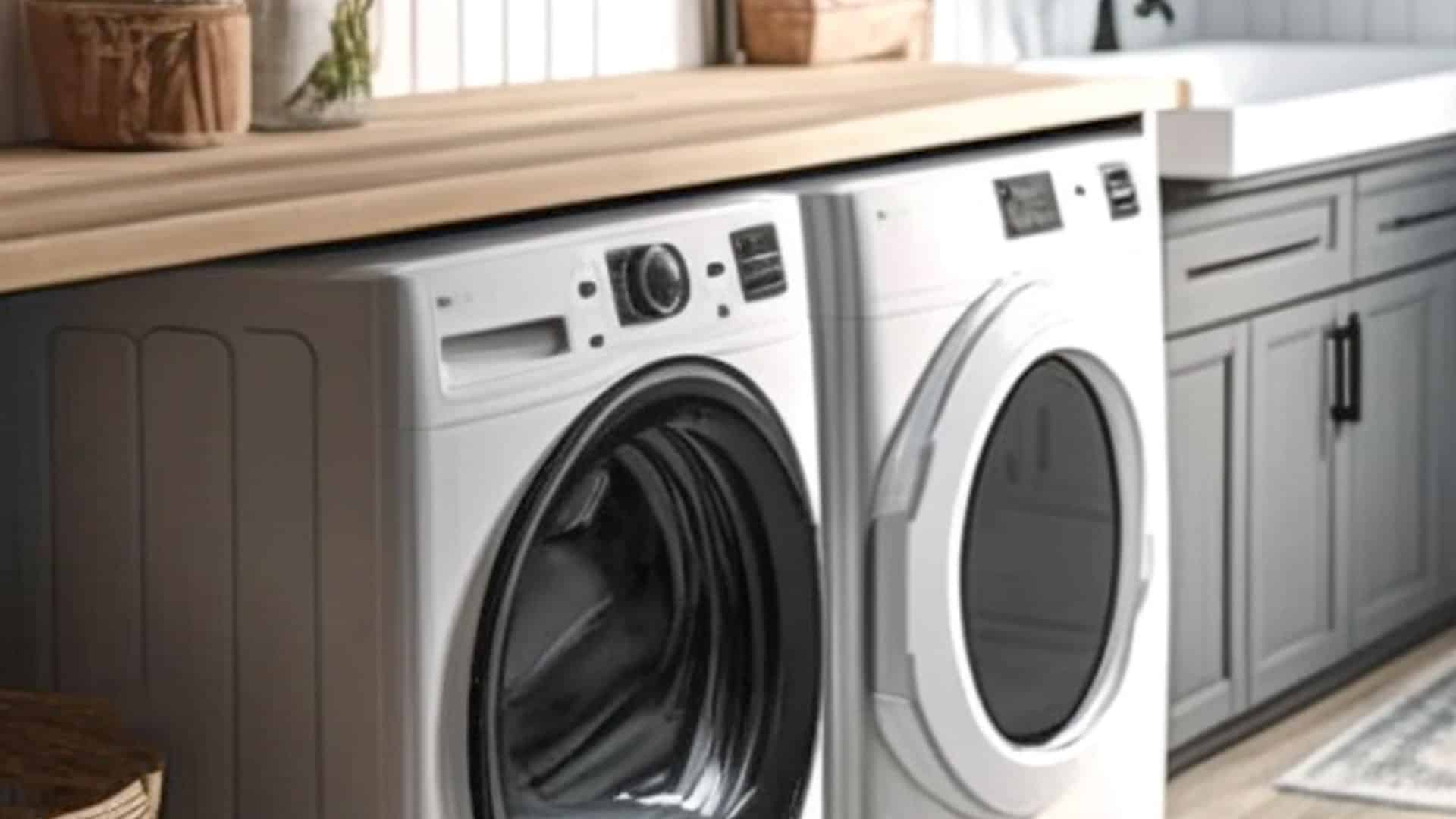
Maytag Washer Showing F5 Error Code? Here’s What To Do
